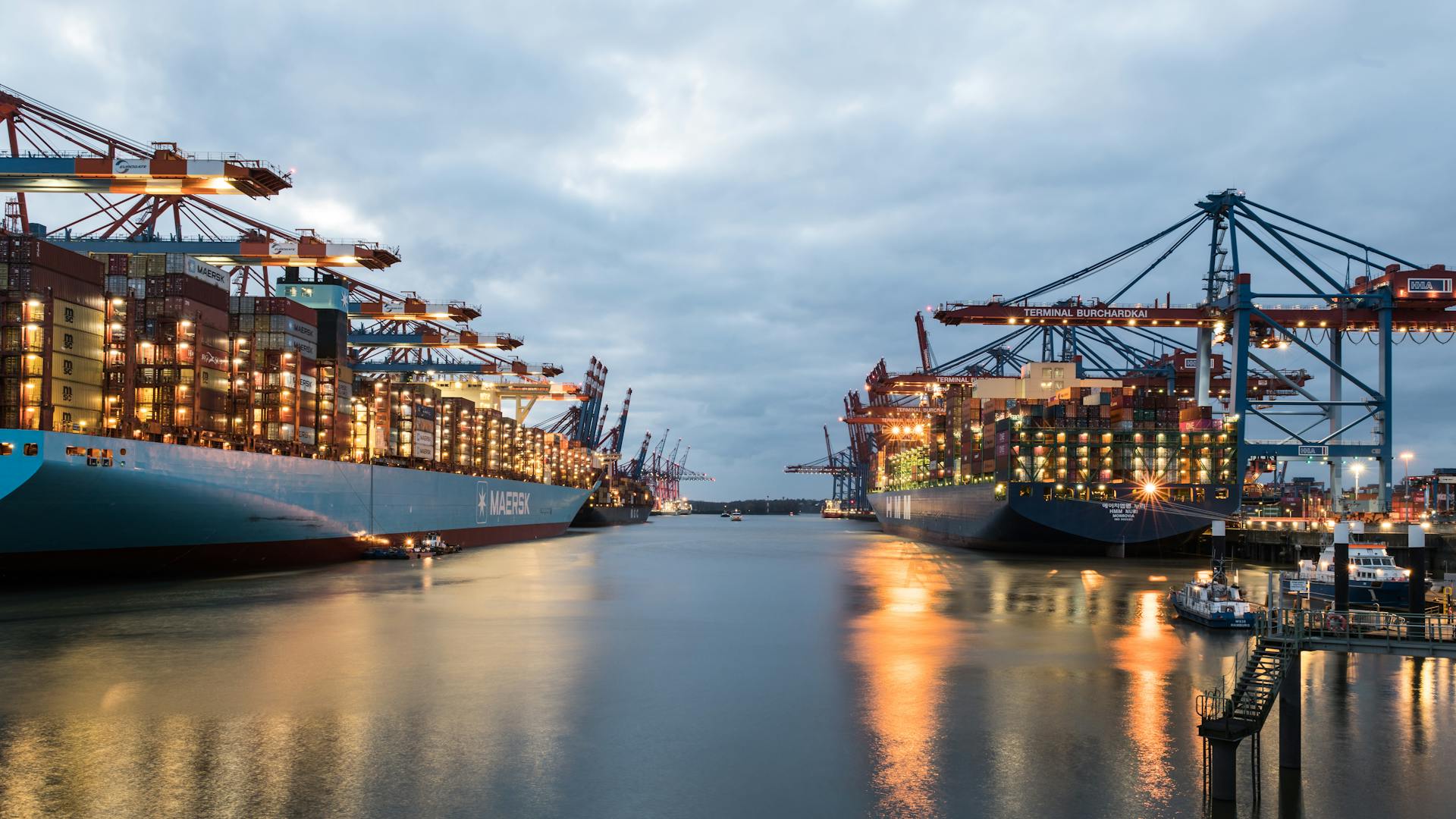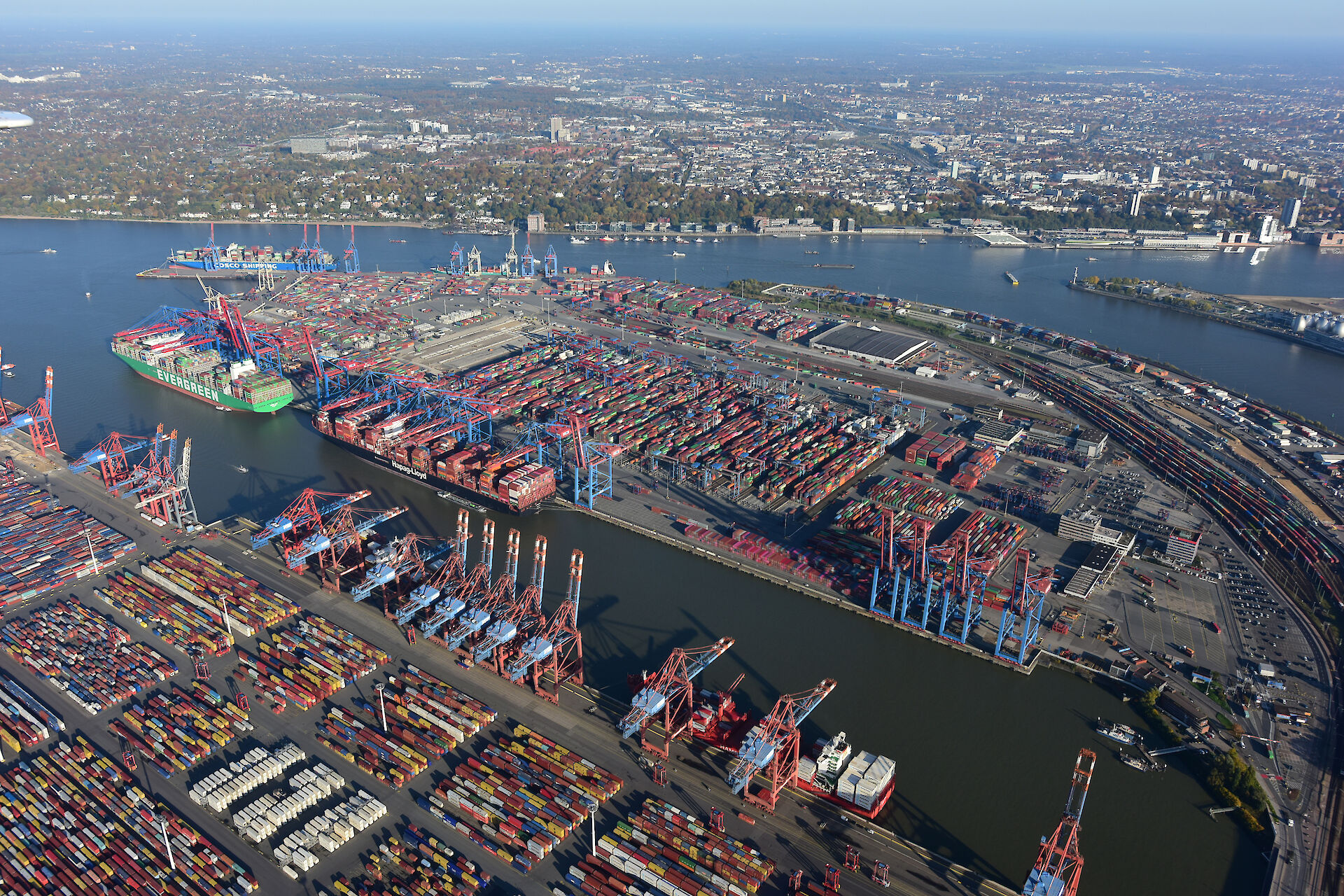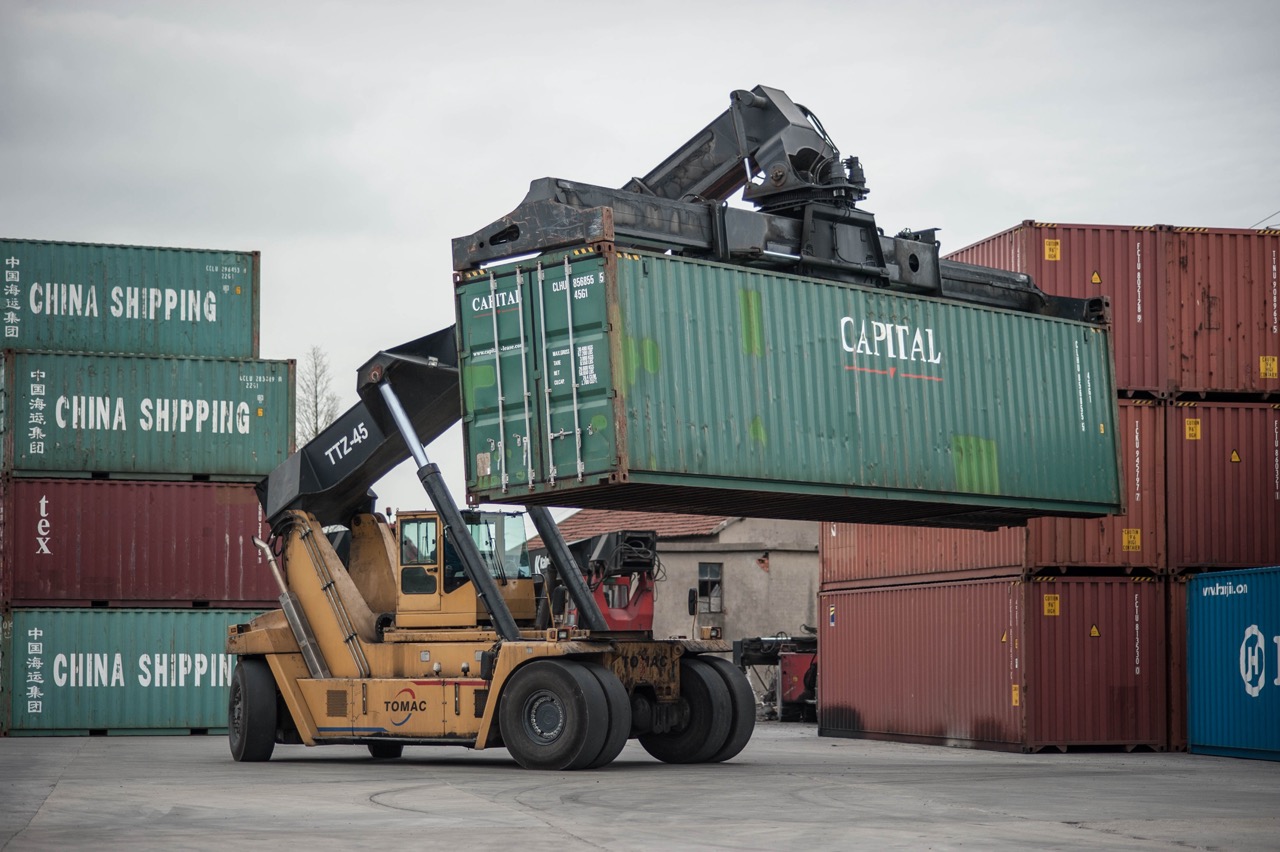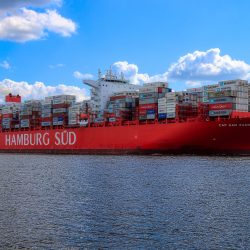European freight transport market set to grow by 5% over the next 5 years
After a brief dip in activity, the European freight transport market is experiencing rapid growth. These are the findings of a new analysis of the sector by Mordor Intelligence.
The experts cite increased demand for cargo shipping services as the main driver of the market’s development. In addition, an increase in international trade activity will also be a growth driver. Mordor Intelligence provides the following data:
- in 2024, the European freight shipping market was worth nearly US$628 billion;
- by 2029, it will exceed US$797bn;
- the average annual growth over 5 years will be around 5%.
Maritime transport services, including container ships and bulk carriers, are becoming increasingly popular. E-commerce is an active customer service sector, and free trade agreements are an important growth factor. These two elements are driving the growth of maritime transport.
The growth rate of the market over the last 5 years has been lower than the projected future growth rate. For instance, in 2022, the global sector included:
- 17.8 thousand transport vessels;
- bulk carriers numbered 12.9 thousand units;
- container ships had a total deadweight of 293 million tonnes;
- the average annual growth rate between 2018 and 2022 was just over 3%.
The dynamics are improving, and so far, analysts see no preconditions for a market slowdown in the next few years.

European sector overview
Europe accounts for a significant share of freight transport. Analysts predict that growth in maritime trade and economic recovery will increase demand in the sector.
Maritime transport is an important industry for Germany. The sector has a turnover of around €50 billion per year and employs around 400,000 people. The country operates around 2,700 seagoing vessels, which represents 29% of the world’s container ship capacity. Germany also has ten shipyards, and the shipbuilding and maritime industry employs around 2,800 companies.
In the UK, local ports account for 95% of export and import volumes. There are 400 such facilities in the country.
Spain plays a leading role in European maritime transport. Its strength lies in its well-developed infrastructure. Three years ago, the country was the fourth largest exporter of fish and seafood. Today, Spain is also a leader in the region.
The European market continues to develop and actively expand its merchant fleet. This is due to the recovery of the economy, which has suffered from rising inflation. In addition, freight rates have stabilised, which has also had a positive impact on activity in the sector. E-commerce operators are opting for this method of product delivery and abandoning road transport.



















